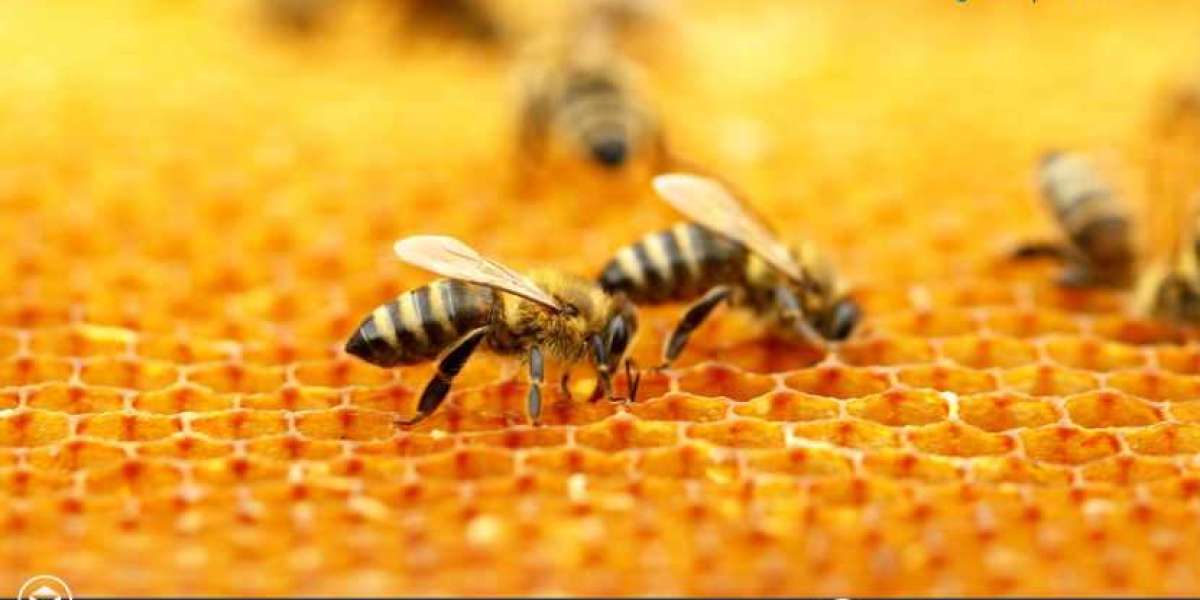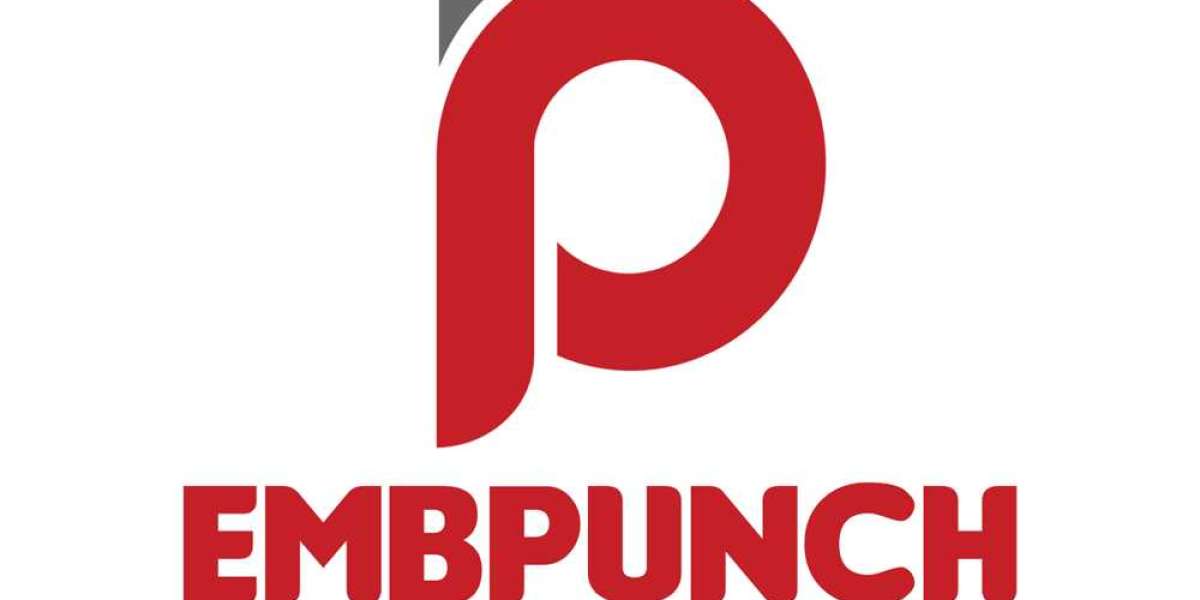Indian Apiculture Market Outlook
According to the report by Expert Market Research (EMR), the Indian apiculture market size achieved a value of NR 26,652.86 million in the year 2023. Driven by growing demand for natural honey, increasing awareness of its health benefits, and the expanding applications of honey and bee products in various industries, the market is projected to grow at a compound annual growth rate CAGR of 12% between 2024 and 2032, reaching a value of NR 74,022.98 million by 2032.
Apiculture, or beekeeping, is one of the most ancient agricultural practices in India, where honey and other bee products such as beeswax, propolis, and royal jelly are harvested for their nutritional and medicinal value. Over the years, the apiculture industry has seen a steady rise, thanks to the expanding domestic and global demand for honey, coupled with the increasing recognition of the health benefits associated with natural bee products. The rapid growth of the organic food industry, coupled with the emerging wellness and clean-label trends, has further accelerated the market's growth, positioning India as one of the world's leading producers and exporters of honey.
The country’s vast and diverse agricultural landscape, combined with favorable climatic conditions, makes it an ideal region for beekeeping, driving both domestic production and export. India, which is home to more than 100 species of honeybees, has witnessed increasing investment in apiculture, and growing small and medium-scale enterprises have contributed to the sector's growth. This growth is expected to continue as the demand for organic, raw, and unfiltered honey, along with other bee-related products, rises across the globe.
Get a Free Sample Report with Table of Contents: https://www.expertmarketresearch.com/reports/indian-apiculture-market/requestsample
Key Drivers of Market Growth
Rising Demand for Honey and Bee Products: Honey, a key product of apiculture, has gained widespread recognition for its natural, health-boosting properties. Packed with antioxidants, vitamins, and minerals, honey has become a preferred choice for consumers seeking healthier alternatives to processed sweeteners. As consumers in India and across the world become more health-conscious, the demand for natural and organic honey is increasing, driving the expansion of the Indian apiculture market.
Honey is widely consumed as a natural sweetener in beverages, foods, and snacks, while also finding its way into traditional medicine. Additionally, honey is increasingly used in the cosmetic and pharmaceutical industries due to its antimicrobial and healing properties. The increasing awareness of honey's natural benefits and its multiple applications in various sectors is significantly contributing to the growth of the Indian Apiculture Market.
Growing Awareness of Health and Wellness Trends: The rising health and wellness consciousness among Indian consumers is one of the most significant factors propelling the demand for honey and bee products. As a result of growing awareness about the health risks associated with refined sugar and artificial sweeteners, many people are turning to natural alternatives like honey to maintain their sugar intake while enjoying the sweet taste. Moreover, honey's status as a natural immunity booster has amplified its demand, especially during flu seasons and the COVID-19 pandemic, where immunity-boosting products have witnessed considerable growth.
Additionally, honey is believed to aid in digestion, reduce inflammation, and improve skin health, which has led to its increasing popularity in wellness regimes. This demand is not only driven by domestic consumption but also by the increasing export of Indian honey, which is recognized for its purity and quality. The rise of organic products has further accelerated the market, as honey is increasingly perceived as an essential part of a balanced, healthy diet.
Increasing Export Potential: India is one of the largest producers of honey globally, and its apiculture sector has shown a remarkable growth trajectory in recent years. The country's high production levels, combined with its ability to offer competitively priced, high-quality honey, have bolstered its export potential. India exports honey to countries in Europe, the United States, the Middle East, and Southeast Asia, with significant demand coming from markets that prefer raw and organic honey.
The government’s support for the apiculture sector, through initiatives such as the National Beekeeping Honey Mission (NBHM), has provided the necessary infrastructure and technical support for beekeepers. Additionally, the opening of new export markets and the ongoing investment in the development of export-friendly packaging and branding has further strengthened India's position as a leading global exporter of honey.
The demand for Indian honey, particularly varieties such as the high-quality, distinctive multi-floral honey, is expected to remain strong, thus propelling the growth of the domestic Indian Apiculture Market. With the rise in awareness about the health benefits of honey and bee products globally, India’s export potential will continue to contribute significantly to the market's expansion.
Technological Advancements and Improved Beekeeping Practices: Over the past few years, there have been significant advancements in beekeeping practices in India. Modern techniques, such as the introduction of better quality bee colonies, improved hive management practices, and the use of automated equipment for honey extraction, have enhanced the productivity and efficiency of apiculture. Additionally, the integration of technology into beekeeping, such as the use of mobile applications for hive management and monitoring, has further boosted production capabilities.
The increased adoption of scientific practices, such as the controlled breeding of bees for higher honey yields and the management of apiaries with minimal human intervention, has led to better quality and higher quantities of honey production. This has allowed Indian apiculture to become more sustainable, increase profitability for beekeepers, and further enhance the appeal of the industry for new entrants.
Beekeeping as a Source of Rural Employment: Beekeeping is also an important contributor to rural employment in India. The sector provides income opportunities for small farmers, entrepreneurs, and rural populations, helping alleviate poverty and boost the livelihoods of many. As a result, beekeeping has become a part of rural economic development programs, with a growing number of farmers diversifying their agricultural practices by integrating beekeeping into their activities.
The government's various support programs for rural entrepreneurs have helped improve the infrastructure for beekeeping, such as the provision of beekeeping equipment and training in modern beekeeping methods. This has encouraged both new and experienced beekeepers to scale up their operations and meet the growing demand for honey and other bee products.
Read Full Report with Table of Contents: https://www.expertmarketresearch.com/reports/indian-apiculture-market
Indian Apiculture Market Segmentation
The Indian Apiculture Market can be divided based on product, application, region.
Breakup by Product Type
- Honey
- Beeswax
Breakup by Application
- Direct Consumption
- Food and Beverages
- Pharmaceuticals
- Cosmetics
- Others
Breakup by Region
- North India
- South India
- East India
- West India
Competitive Landscape
Some of the major players explored in the report by Expert Market Research are as follows:
- Market Structure
- Company Profiles
- Company Overview
- Product Portfolio
- Demographic Reach and Achievements
- Certifications
Challenges
Fluctuating Climate and Environmental Factors; The apiculture industry in Indian Apiculture Market is heavily dependent on climate conditions, as bees require a stable environment to thrive and produce honey. Unpredictable weather patterns, such as excessive heat, drought, or monsoon disruptions, can negatively affect bee colonies and honey production. Additionally, environmental challenges such as the loss of biodiversity and the use of pesticides in agriculture can threaten bee populations.
Competition from Other Sweeteners: Despite the growing preference for natural sweeteners, honey still faces competition from other alternatives such as agave syrup, maple syrup, and stevia. These alternatives, which are also marketed as natural sweeteners, may pose a challenge to the growth of the honey market.
Read More Reports
Risk Analytics Market: https://www.expertmarketresearch.com/reports/risk-analytics-market
Variable Frequency Drive Market: https://www.expertmarketresearch.com/reports/variable-frequency-drive-market
Media Contact
Company Name: Claight Corporation
Contact Person: Olivia jass, Corporate Sales Specialist – U.S.A.
Email: sales@expertmarketresearch.com
Toll Free Number: +1-415-325-5166 | +44-702-402-5790
Address: 30 North Gould Street, Sheridan, WY 82801, USA
Website: http://www.expertmarketresearch.com
Aus Site: https://www.expertmarketresearch.com.au














